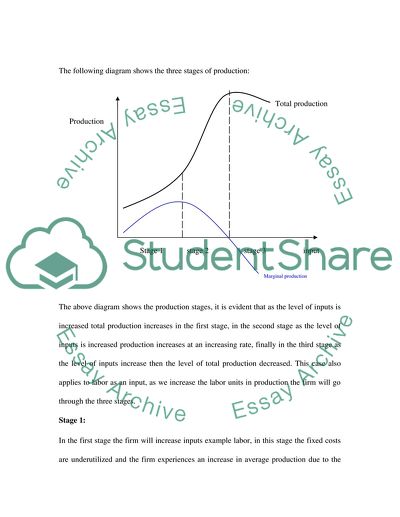Cite this document
(Marginal Product, Marginal Cost and Average Total Cost Term Paper - 1, n.d.)
Marginal Product, Marginal Cost and Average Total Cost Term Paper - 1. Retrieved from https://studentshare.org/macro-microeconomics/1718960-microeconomics
Marginal Product, Marginal Cost and Average Total Cost Term Paper - 1. Retrieved from https://studentshare.org/macro-microeconomics/1718960-microeconomics
(Marginal Product, Marginal Cost and Average Total Cost Term Paper - 1)
Marginal Product, Marginal Cost and Average Total Cost Term Paper - 1. https://studentshare.org/macro-microeconomics/1718960-microeconomics.
Marginal Product, Marginal Cost and Average Total Cost Term Paper - 1. https://studentshare.org/macro-microeconomics/1718960-microeconomics.
“Marginal Product, Marginal Cost and Average Total Cost Term Paper - 1”, n.d. https://studentshare.org/macro-microeconomics/1718960-microeconomics.


